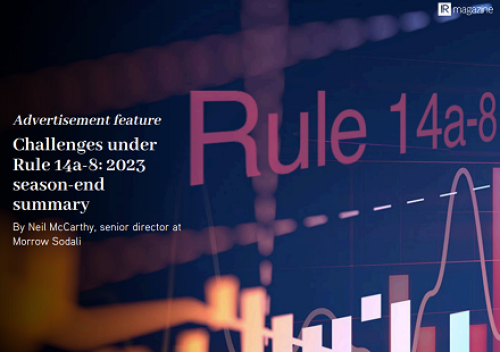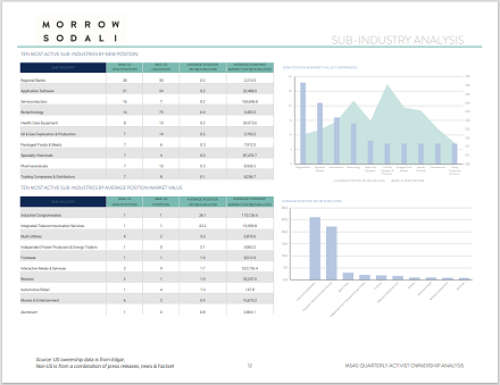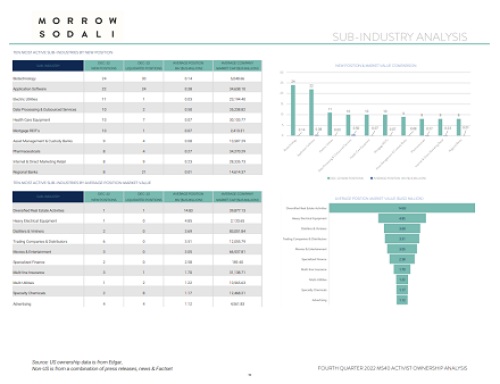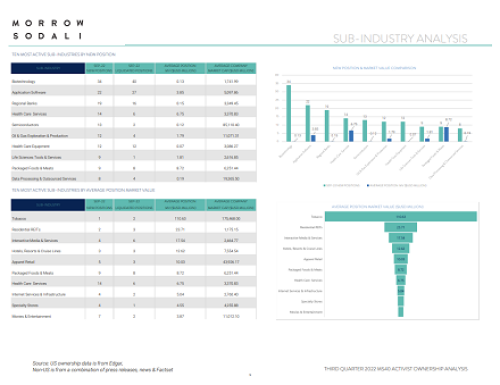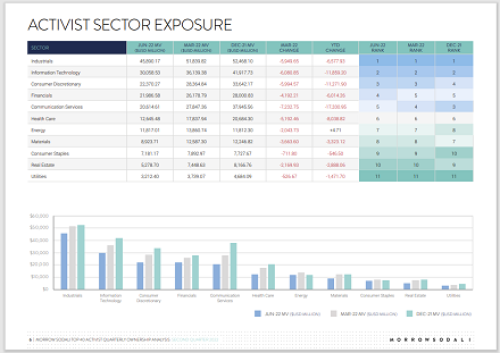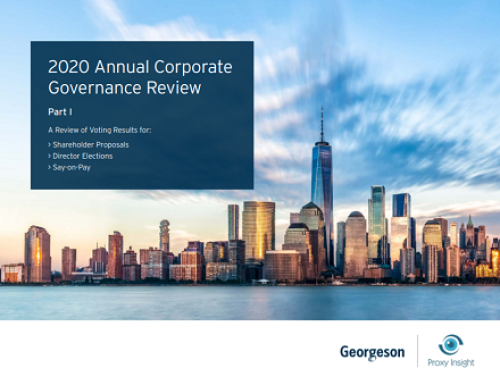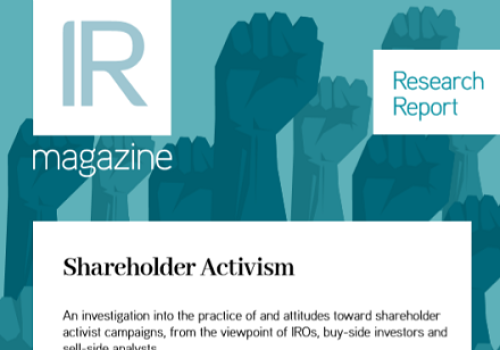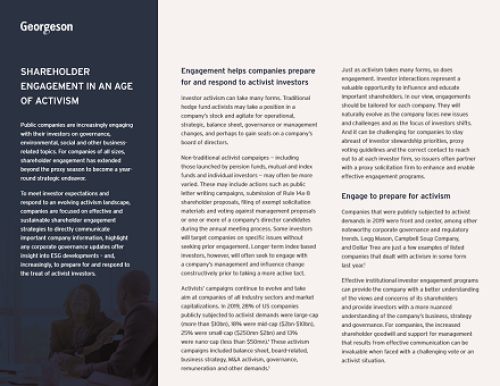With more companies taking their sustainability reporting more seriously through TCFD disclosures and the upcoming International Sustainability Standards Board (ISSB), Jana Jevcakova, managing director and head of ESG international at Morrow Sodali, explains why activism in the ESG space is rising and how an IRO can be proactive in engagement.
Jevcakova, who also spoke at the IR Magazine Think Tank – Europe 2023 on the trend of ESG activism, says it comes down to the objectives the activist is trying to get across.
Many activists know ‘well in advance’ that some resolutions will not get approved by majority shareholders, yet they still think it’s worth going through the resolution process because of the ‘pressure and public attention they can draw on the company and the problem they are trying to highlight,’ she says.
Provide a solution to a problem
With the media eager to report on potential activism cases, for an ESG-specific resolution they know they can get a big enough following to make an impact, Jevcakova explains.
At the same time, she reflects how institutional investors are getting ‘more and more sophisticated’ and even though many of them are ESG focused, they also know how to assess shareholder resolutions with a critical eye.
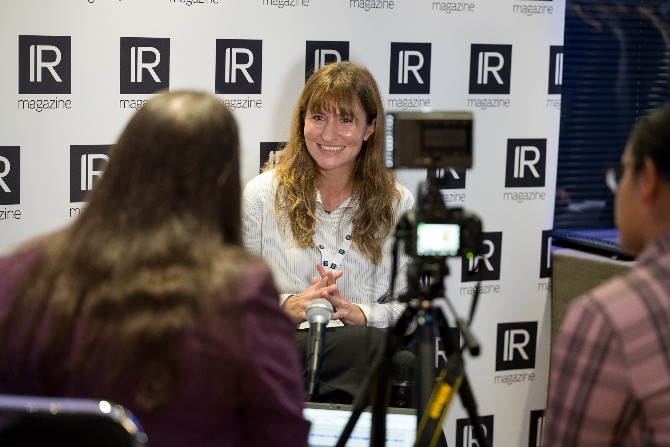
They expect resolutions to not only meet all regulatory and governance standards, ‘but that the underlying ask of the resolution will also provide a solution to the problem that the activist is trying to point out,’ she continues.
While there have been many high-profile ESG activism cases this year, through the likes of Shell, BP, Glencore and Toyota, the success rate has been much less.
Thinking about why an ESG resolution fails to pass through a shareholder vote, Jevcakova says if the solution negates the best interest of shareholders, despite the problem being acknowledged, ‘they are unlikely to support it’.
Closing the door on activism
The worst thing an IR team can do when faced with an activist, ESG specific or not, is to ‘close the door and pretend like the activist will go away,’ she warns as they simply ‘won’t’.
Jevcakova stresses the importance of maintaining a dialogue and engagement with all stakeholders, including activists.
‘An IR should understand the impact the activist may have on the register and on other shareholders and stakeholders, by regularly monitoring the register, the media, social media and any requests coming from external stakeholders,’ she explains.
In terms of an actual campaign, she says effective strategies implored by an activist will vary depending on the nature of the campaign, such as climate goals or new board members etc.
However, in her opinion, strong relationships with shareholders built and maintained over time ‘can prevent any activist attack’ with the most effective strategy lying in the preparation and relationship building an IR professional built up ‘well before any activist knocks on the door’.
‘Institutionalized’ activists
ESG activists are learning with each campaign, the successful ones and the ones that drew media attention but failed to be enacted in a company, she says.
Looking at where ESG activism is heading, Jevcakova says there may be more ‘wisely drafted’ resolutions from activists and potentially higher level of support at those companies that might be considered ‘laggards’.
She adds: ‘I also think that we might start seeing a new generation of more ‘institutionalized’ activists – high-net worth, typically younger individuals with influence, who have the means, the relationships and networks to further the agenda, mainly around climate change.’

